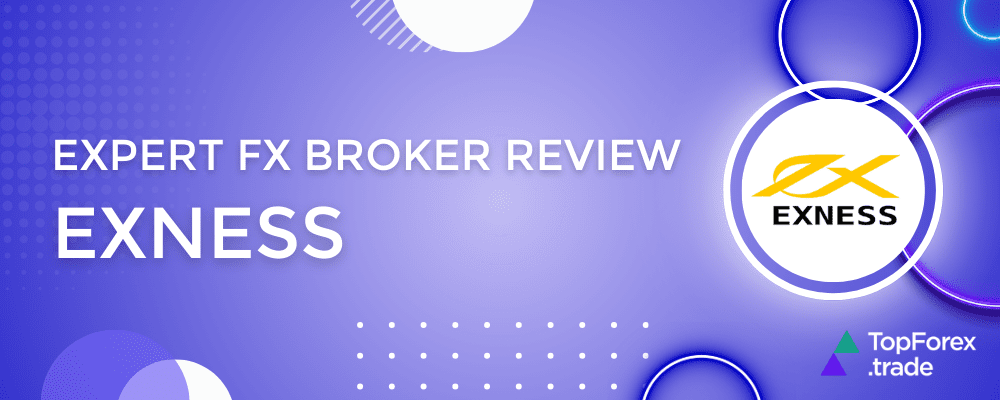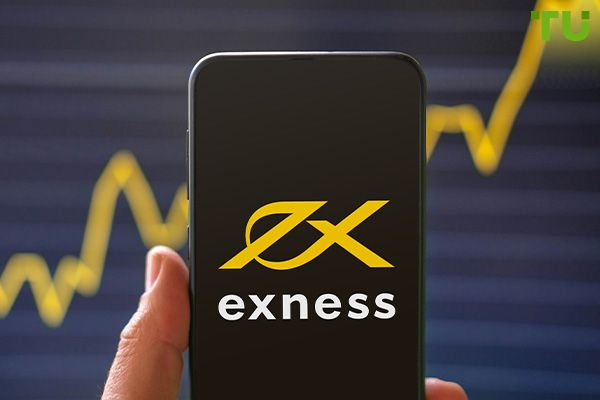
Understanding Exness Server Ping Latency: Enhancing Your Trading Experience
In the fast-paced world of online trading, every millisecond counts. Traders everywhere are constantly looking for ways to gain an edge over the market. One crucial factor that can significantly impact your trading efficiency is the Exness server ping latency. In this article, we will delve into what server ping latency is, why it matters, and how you can mitigate its effects to optimize your trading performance. For additional insights and tools, consider visiting exness server ping latency trading-jo.com.
What is Server Ping Latency?
Server ping latency refers to the time taken for data to travel from a trader’s device to the Exness trading server and back. It is typically measured in milliseconds and is a critical component of the overall trading experience. A lower ping time means that there is less delay in executing trades, receiving quotes, and accessing market data, while a higher ping can lead to slippage, delayed order execution, and potential missed opportunities.
Why Does Ping Latency Matter?
When trading forex or other financial instruments, speed and accuracy are essential. High server ping latency can affect various aspects of trading:
- Execution Speed: A high latency can cause delays in executing trades, which could result in worse prices. In fast-moving markets, this could be detrimental.
- Market Data Updates: Timely access to market data is essential for making informed trading decisions. Increased latency can lead to outdated information, making trades less effective.
- Order Types: For traders utilizing limit orders or stop-loss orders, latency can affect order execution, leading to unexpected outcomes.
Factors Affecting Exness Server Ping Latency
Several factors can impact the ping latency between your device and the Exness servers:
1. Geographic Location
Your proximity to the Exness server location plays a significant role in determining your ping time. Traders located closer to the server will experience lower latency. Conversely, those trading from farther locations will face higher ping rates.

2. Internet Connection Quality
The type and quality of your internet connection can significantly affect latency. High-speed broadband or fiber-optic connections will generally provide better ping times compared to slower connections.
3. Network Congestion
During peak trading hours, the number of traders utilizing the same network can lead to congestion, further increasing latency times.
4. Hardware and Software Specifications
The performance of your device and the trading platform software may also influence latency. Ensuring that you have updated hardware and optimized software can help minimize delays.
How to Measure Server Ping Latency
To gauge your current server ping latency, you can use various online tools or command line strategies. Here are a couple of methods:
- Ping Command: Use the command prompt on your computer. Type
ping server_address(replaceserver_addresswith the actual address of the Exness server) and press Enter. The results will show you the average time it takes to ping the server. - Third-Party Tools: There are numerous websites and tools that provide latency testing against popular servers. These can give you a more comprehensive look at your internet performance.
Improving Exness Server Ping Latency
If you find that your ping latency is higher than desired, several strategies can help mitigate the issue:
1. Use a Wired Connection

Whenever possible, use a wired internet connection instead of Wi-Fi. Wired connections typically offer lower latency and more stable internet access.
2. Optimize Your Internet Settings
Adjusting your router settings can lead to improved latency. Ensure that your Quality of Service (QoS) settings prioritize trading traffic, and limit background applications that may consume bandwidth.
3. Choose a Nearby Exness Server
Exness offers several server locations. Depending on where you are in the world, you may have the choice to connect to a server that is geographically closer, thus reducing latency.
4. Upgrade Your Internet Plan
If you are on a slower internet plan, consider upgrading to a higher speed package that offers better performance and lower latency.
The Impact of Latency on Trading Strategy
Your overall trading strategy can also be affected by ping latency. High-frequency trading (HFT) strategies, for instance, require extremely low latency to capitalize on minor price movements. For day traders or swing traders, while latency is still crucial, the impact may not be as pronounced. However, it is essential to be aware of how latency can affect any trading approach.
Conclusion
Understanding Exness server ping latency is vital for traders looking to optimize their trading experience. By measuring your latency and implementing strategies to reduce it, you can improve execution speed, ensure timely access to market data, and enhance your decision-making process. Furthermore, with the right tools and knowledge, you can make latency work for you, regardless of your trading style. Whether you’re a seasoned trader or a beginner, a proficient grasp on the concept of latency, as well as the factors that influence it, will significantly aid your trading success.


